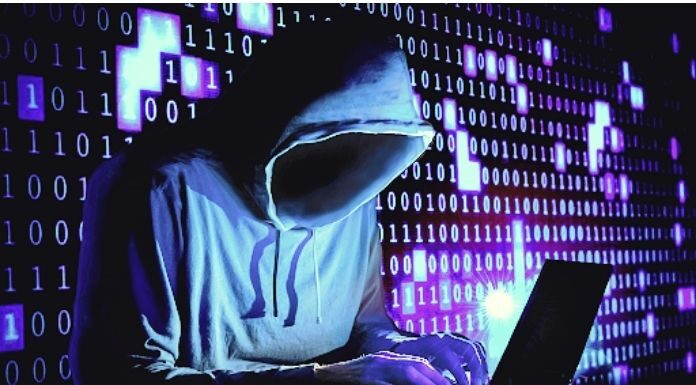Hacker Attacks- Organizations looking to protect their data are faced with an unprecedented threat landscape. The degree of maturity, development and specialization of the e-crime ecosystem is increasing. Hacker attacks are becoming more and more sophisticated and pose significant challenges to the IT security of many companies. In addition, there is the Covid-19 crisis, which is being exploited by both cybercriminals and nation-state attackers and insiders at a time when many employees are increasingly working from home. A structure that also challenges IT security in many companies.
Companies, therefore, urgently need to deal with the changing threat landscape and implement security concepts tailored to their needs to protect their data and employees in the best possible way because cybercriminals take advantage of every opportunity that presents itself to them.
Hacker Attacks: Protection Through The Proactive Cyber Defense
To identify threats, security teams traditionally rely on indicators of compromise (Iosco), which help determine whether a security incident has occurred by identifying signatures, exploits, vulnerabilities and IP addresses. The problem with this traditional approach: Security teams do not try to prevent a security breach actively. They investigate what has already happened.
Working with Iosco also has other disadvantages. They can only be determined for known malware. This means that the security software must be constantly updated to work effectively. With minor modifications to the malware, Iosco can easily be bypassed. If you consider the masses of malware variants that pop up every day, you can see how inadequate this type of protection is in the face of modern threats.
Next-Generation Solutions With Indicators Of Attack
In recent years, however, modern security solutions have come onto the market in the fight against current security threats, enabling IT teams to go one step further using machine learning and artificial intelligence and convert their passive IT security into a proactive one. These solutions help to understand the attackers’ intentions and provide the security teams with assistance on how to thwart these attacks.
One approach of the next-gen solutions is based on the so-called indicators of attack. They can help the specialists quickly identify, understand and predict what steps an attacker will take to achieve his goal. Reliable IRAs include code execution, persistence mechanisms, hidden activities, command & control and lateral movement within a network. The main advantage of IRAs is that they enable security teams to identify opponents early, react to them, and actively stop them – even before they can permanently penetrate an organization’s networks. Indicators of attack are an essential component of state of the art in endpoint security.
Hacker Attacks: A Question Of Speed
Because of what many companies underestimate: Cyber attacks are a constant. In today’s threat landscape, it is not a question of whether you will be the target of hacker attacks, but when. And if the worst comes to the worst, one thing counts above all: speed. The speed at which the organization can detect an incident, prevent data access, and remediate the threat is critical in minimizing a data breach’s business risk and cost.
Crowd Strike recommends companies of all sizes internalize the 1-10-60 rule. It says: An attack must be detected in one minute, analyzed and comprehensively understood within ten minutes and ultimately contained and stopped within 60 minutes with suitable, active countermeasures.
Only six per cent of companies worldwide achieve the desired response times. In a global comparison of response times to cybersecurity incidents. Companies here take an average of 184 hours to detect an attack, eleven hours to analyze it, and 75 hours to remedy the threat, as an investigation by Vinson Bourne on behalf of Crowd strike shows.
So there is an urgent need to catch up because the times mentioned are far too slow, considering the damage a malicious attacker can cause in a short time. This can range from ransomware and the associated operational disruptions to the deliberate deletion of data to the theft of intellectual property as part of industrial espionage.
Incident Response – A Central Component
The danger posed by cyber threats is also increasing. There is currently a significant increase in phishing campaigns that use COVID-19 as a hook. They use email disguised as alerts to spread malware. The necessary response to incidents (incident response) must therefore be prioritized more strongly than ever for companies because many people are currently protected in their home office structures much less than in their work environment in the company.
Even in the home office and mobile work, companies must identify, analyze and ward off attacks immediately. This succeeds with a carefully checked and individual catalogue of measures used immediately as soon as hacker attacks are detected or after a data protection breach has already occurred. At Crowd Strike, it is therefore not without reason that efficient hacking protection consists of several building blocks that mesh perfectly like cogs to enable companies to react to current threats in the best possible way.
ALSO READ: Business Email Compromise: 5 Steps Protecting You From Email Hackers

